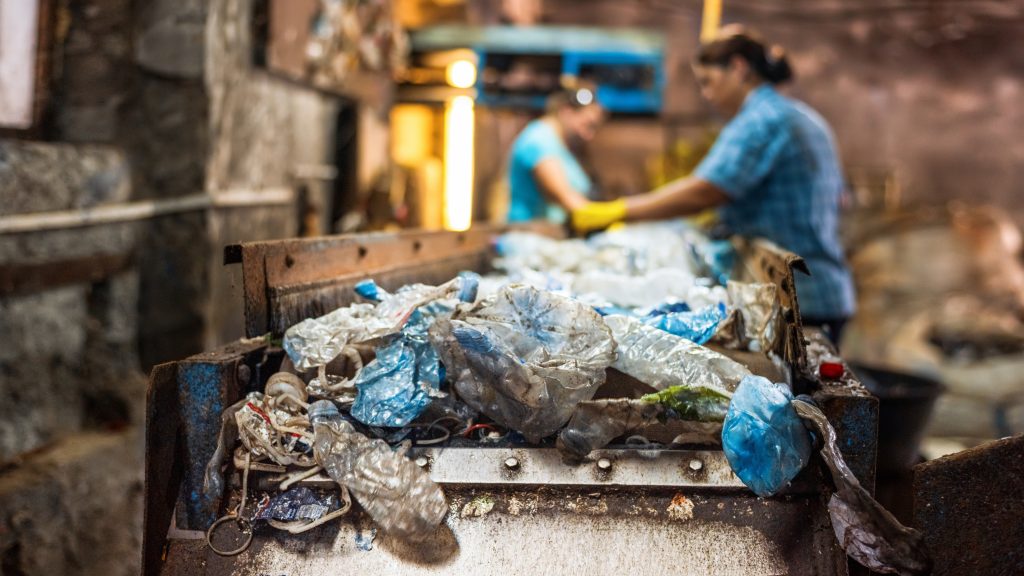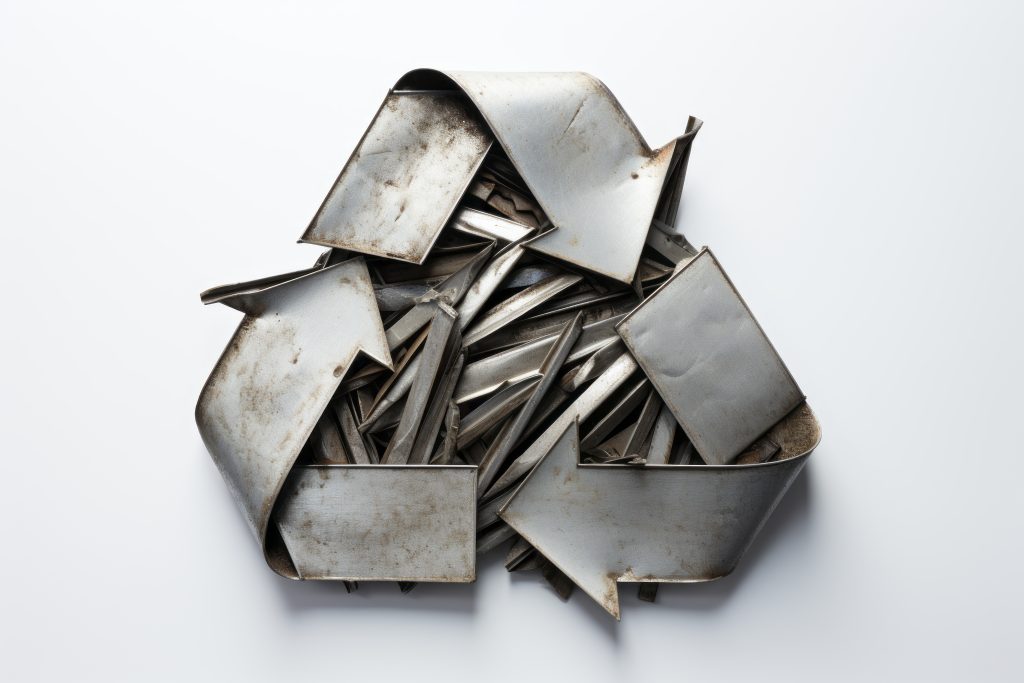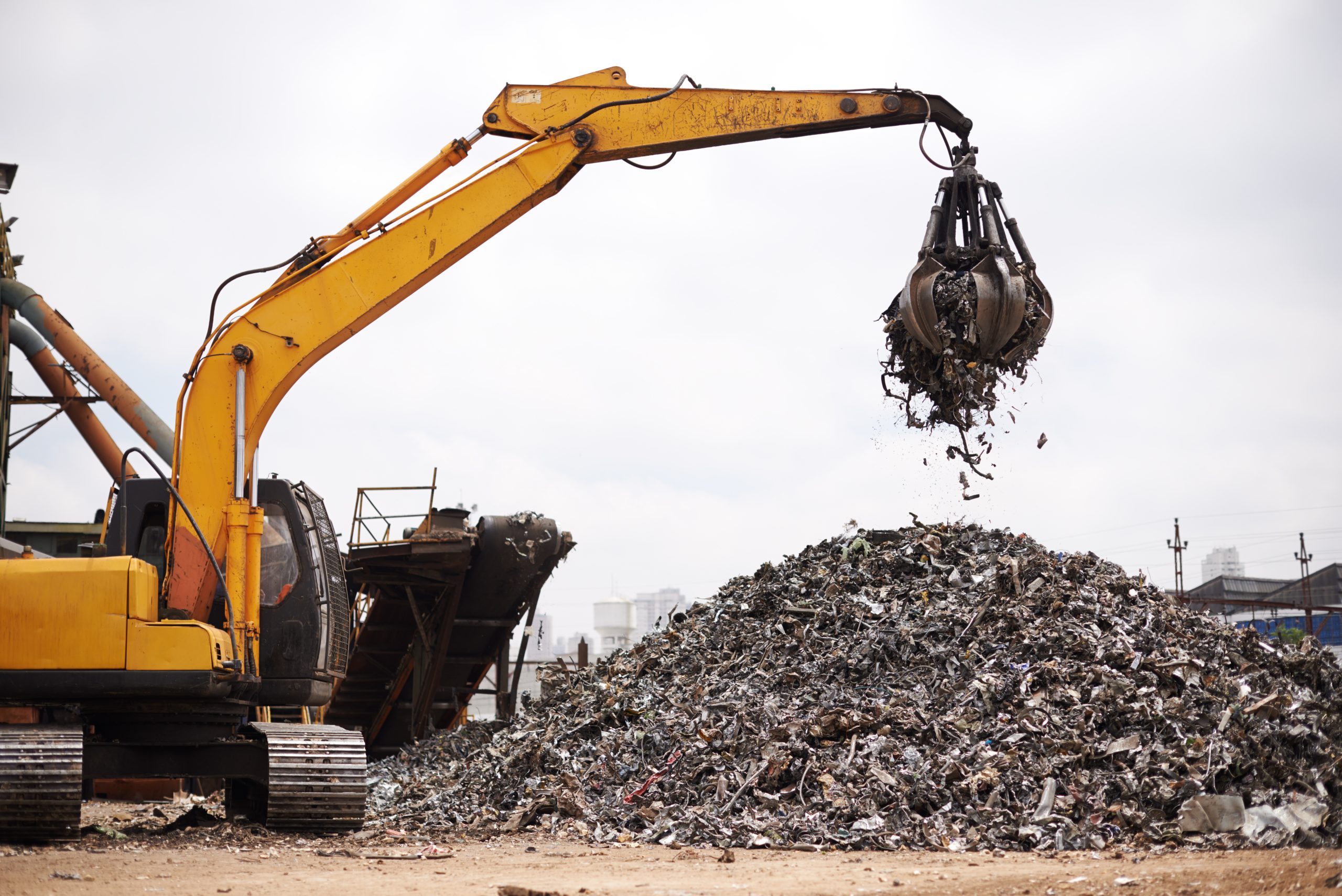Table of Contents
- Introduction
- Types and Examples of Metal Waste
- Separation of Metal Waste
- Melting and Refining Process
- Contribution of Metal Waste to the Economy
- Environmental Benefits and Sustainability
- Burkasan’s Approach to Metal Recycling
- Compliance with Regulations and Standards
- Conclusion
- Frequently Asked Questions
Introduction
The question “Can metal waste samples be recycled?” directly affects environmental policies and economic development. Industrial production increases. Consumption habits change. Global trade intensifies. As a result, the amount of metal waste rises each year. Recycling metal waste protects the environment. It also saves energy, reduces natural resource use, and supports the national economy.

Types and Examples of Metal Waste
Metals are mainly divided into two groups: ferrous and non-ferrous. Ferrous metals include steel, pig iron, and scrap iron. The non-ferrous group covers aluminum, copper, brass, lead, and zinc. Industries use these materials in many fields. Businesses recycle them, turn them into raw materials, and return them to the economy. A common question arises: Can metal waste samples be recycled? The answer is yes, through these processes metals gain a second life and support sustainability.
Examples include:
- Steel parts from the automotive industry
- Copper wires used in electrical cables
- Aluminum cans used in the beverage industry
- Lead and zinc sheets from the construction sector
- Tin cans found in household waste
These examples show that metal waste appears in a wide range of forms. Experts make each type of metal reusable again with appropriate separation and processing techniques.
Separation of Metal Waste
One of the most critical steps in metal waste recycling is proper separation. This is because different metals have distinct melting points, physical properties, and chemical structures. The separation process generally takes place in the following stages:
- Magnet Use: Experts separate ferrous and non-ferrous metals with strong magnets.
- Density Differences: Workers separate light metals by flotation or air current methods.
- Optical Sensors: Systems detect color and surface brightness, automatically separating metals.
- Manual Sorting: Staff check complex wastes manually and separate them at the final stage.
Workers collect metals in homogeneous groups and send them to smelting plants.
Melting and Refining Process
Experts melt and refine the separated metals at high temperatures. At this stage, businesses use smelting furnaces, induction systems, and special filtering methods. Workers liquefy the metals and pour them into molds. This step transforms them into reusable raw materials. Energy savings are high in aluminum and copper recycling. Compared to new production, recycling saves up to 95% in aluminum and 85% in copper. This fact answers the question “Can metal waste examples be recycled?” Businesses cut costs and protect the environment.

Contribution of Metal Waste to the Economy
The recycling of metal waste directly contributes to the national economy. This is because the need for imported raw materials decreases. At the same time, the recycling sector creates jobs, opens up new employment areas, and strengthens export potential.
Economic effects can be grouped under three main headings:
- Reduction in energy and production costs: The recycling process consumes much less energy than new metal production. Businesses significantly reduce production costs.
- Preservation of natural resources and reduction of foreign trade deficit: Efficient use of domestic resources reduces the need for imports. This improves the balance of trade in favor of the country.
- Increase in investments in the recycling sector: Both domestic and foreign investors are directed toward this area, which contributes to sustainable production. As investments rise, economic growth accelerates.
As a result, recycling metal waste not only benefits the environment but also strengthens sustainable economic development.
Environmental Benefits and Sustainability
Recycling metal waste examples provides not only economic benefits but also plays a critical role in protecting the environment and human health. When people leave metal waste uncontrolled in nature, these materials mix with soil and water. Over time, heavy metals and harmful compounds severely damage the ecosystem. This reduces agricultural productivity, threatens drinking water sources, and has lasting negative effects on living organisms.
Recycling plants process metals to reduce these risks. They bring them back into production and reduce greenhouse gas emissions. Businesses lower natural resource consumption, prevent environmental pollution, and protect ecosystem balance. At the same time, they leave a more livable environment for future generations. This process also supports the United Nations’ sustainable development goals.
Burkasan’s Approach to Metal Recycling
Burkasan creates a strong difference in the industry by using modern technologies and environmentally friendly methods in metal waste recycling. In its facilities, experts not only separate and melt metal waste but also subject it to strict quality control processes, measure its properties, and transform it into reusable raw materials. Burkasan applies sustainable production policies at every stage to reduce environmental impacts.
The company optimizes resource use and improves energy efficiency. It sets an exemplary approach in the industry. Can metal waste samples be recycled? Burkasan demonstrates the answer with its innovative systems. Its infrastructure allows teams to process large volumes of waste on an industrial scale. They also produce high-standard products for many sectors. Burkasan combines an eco-friendly perspective with a strong corporate structure. This approach strengthens its role as a trusted brand in Turkey and abroad.
Compliance with Regulations and Standards
Authorized institutions and businesses manage metal recycling processes in line with national and international environmental regulations. In Turkey, the Ministry of Environment, Urbanization, and Climate Change provides detailed frameworks on the collection, transportation, storage, and recycling of metal waste. In addition, European Union environmental standards and global sustainability criteria serve as guides in the sector.
Compliance with these standards is not only a legal obligation but also a fundamental element of an environmentally friendly and sustainable production approach. Burkasan fully complies with all relevant regulations in its operations, thus fulfilling its environmental responsibilities and standing out with a transparent, reliable, and responsible service approach. This way, the company builds customer trust and strengthens its corporate stance that prioritizes social benefit.

Conclusion
In conclusion, the answer to the question “Can metal waste examples be recycled?” is clear: Yes, they can. Moreover, this recycling provides both environmental and economic benefits. With Burkasan’s expertise in the industry, metal waste recycling becomes a reliable solution for a sustainable future. You can visit our blog page to read our other articles.
Frequently Asked Questions
1. How long does it take for metal waste to decompose in nature?
It depends on the type of metal. Iron takes more than 50 years, while aluminum takes over 200 years to decompose.
2. Does metal recycling save energy?
Yes. Recycling saves up to 95% of energy in aluminum and 85% in copper.
3. How can I send household metal waste for recycling?
By placing it in municipal recycling bins or delivering it to licensed recycling companies.
4. How does recycling contribute to the economy?
It reduces the need for imported raw materials, lowers energy costs, and creates new job opportunities.
5. What role does Burkasan play in metal waste recycling?
Burkasan separates metal waste in its modern facilities and adds it back into the economy with high quality.

